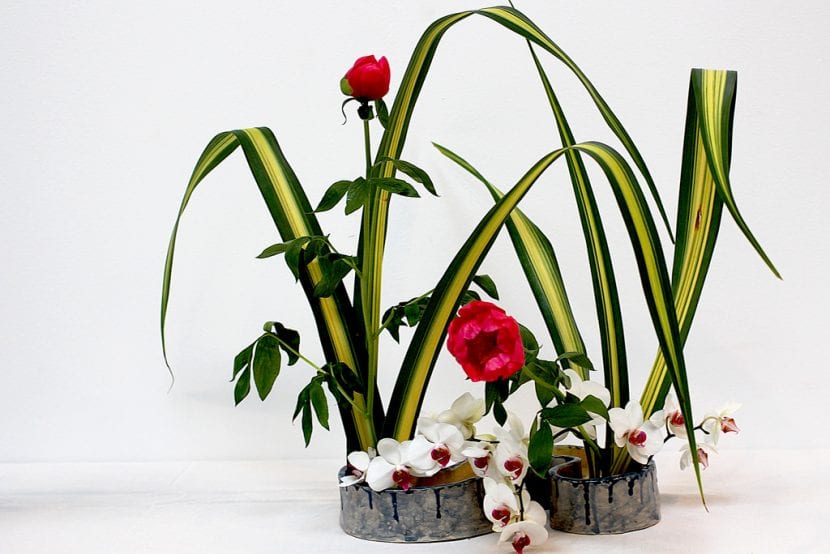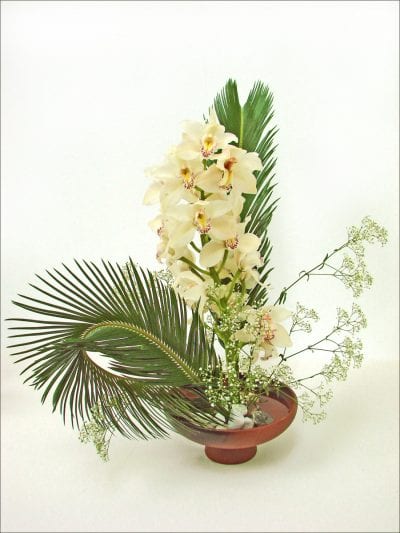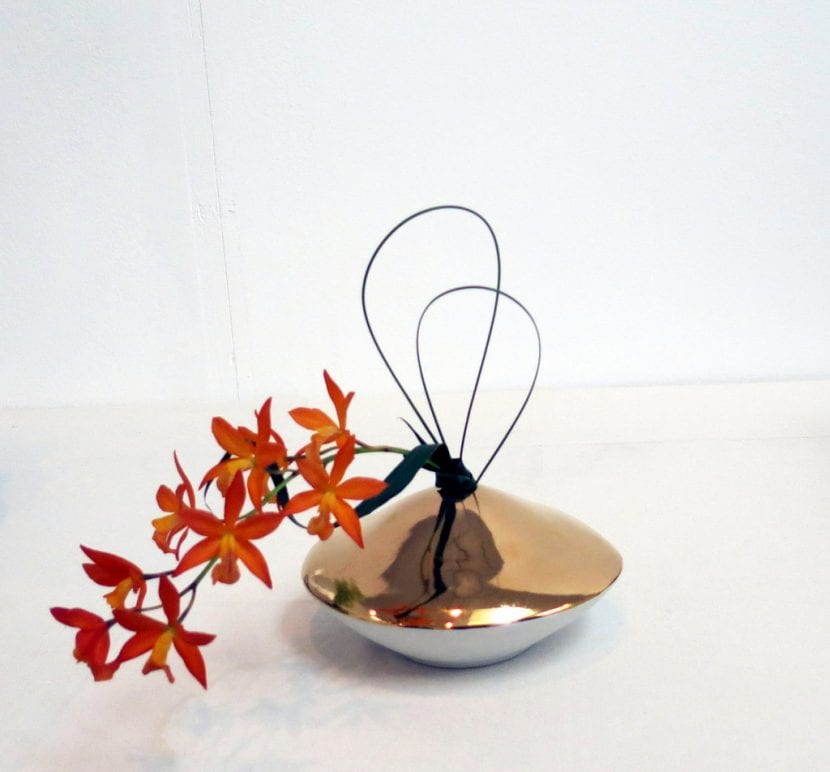
Getting a real work of art with a few flowers, leaves and a support is not difficult. But when you start looking at images of ikebana you realize that, perhaps, you will need more time than you thought to get a wonder like her.
And it is that the whole set has a meaning that must be respected. For this reason, only the best are brought to the exhibitions. But, What exactly is an ikebana?
What is its history?

The history of ikebana began in the XNUMXth century, with the arrival of Buddhism in Japan through Korea and China. At that time, a Buddhist priest named Ono-No-Imoko did not quite like the flower arrangements that the other priests made on the Buddha altar, so he began to experiment with arrangements that symbolized the universe. In his designs, the flowers and branches were directed upwards, and were arranged in groups of three, thus representing the relationship between heaven, man and earth.
After his death, flower arrangements continued to be made; However it was not until the end of the XNUMXth century, with the explosion of artistic development, that Japan would create its traditional architecture. Haiku poetry, Japanese gardening, Noh theater, and the first ikebana schools were created around this time.
In the XNUMXth century, precise and complicated rules were created for flower arrangements: the Rikka style emerged, which was used for ceremonies; the Nageire, which was easier, and the Shoka, more orthodox. The latter was divided into two in 1977: Shofutai, which is the traditional one, and the Shimputai, freer and more expressive.
What is ikebana?

You might be wondering why I didn't start the article here, right? But I thought it necessary to first explain the story to you and then answer this question. Ikebana is much more than just a flower arrangement. It is a discipline based on respect for nature.
It is a decorative composition in which flowers are used above all, but also branches, leaves, fruits and seeds with various purposes: the main one is aesthetic, but it also serves as a method of meditation since it is connected with the seasons and with life itself.
Did you find it interesting?